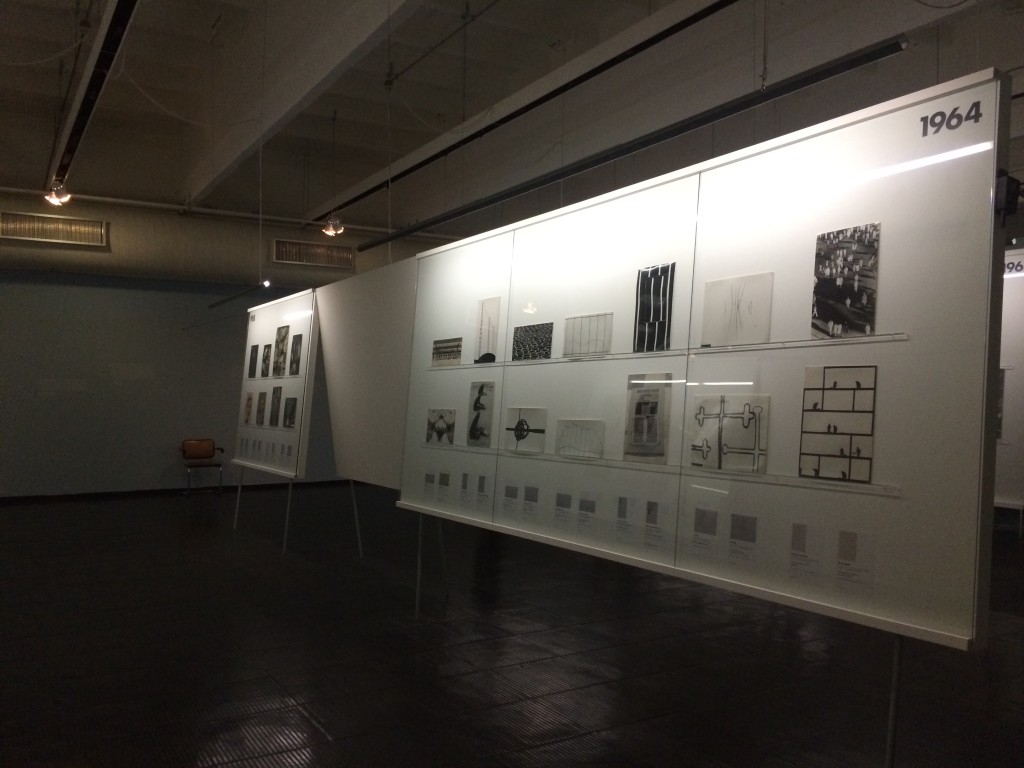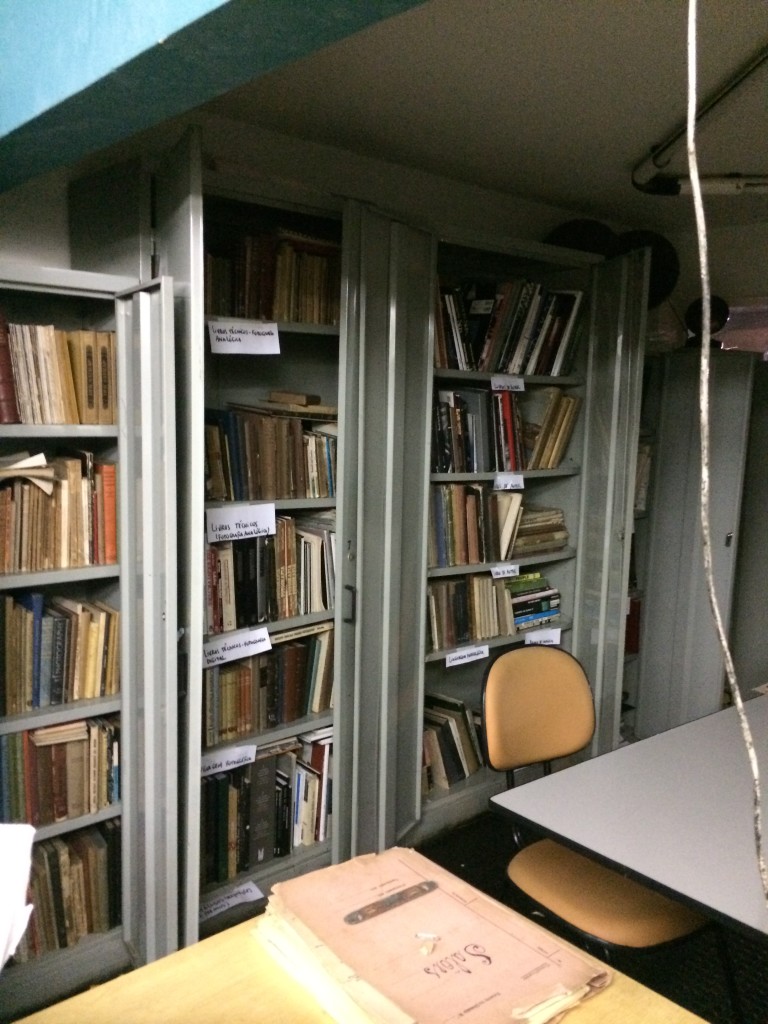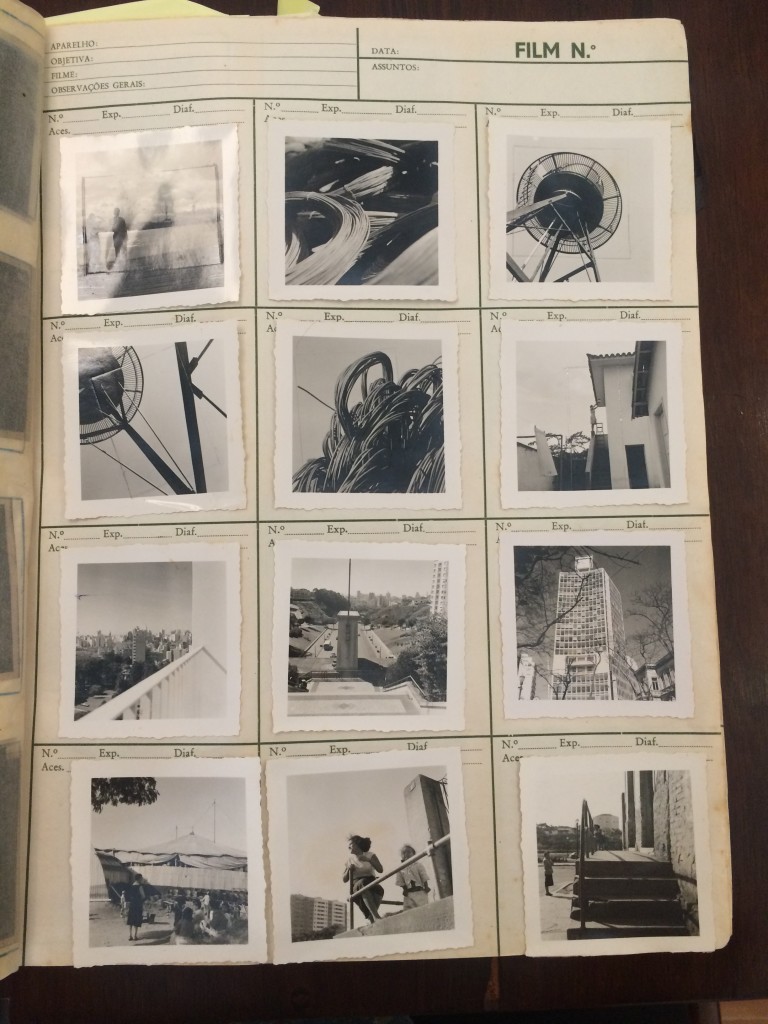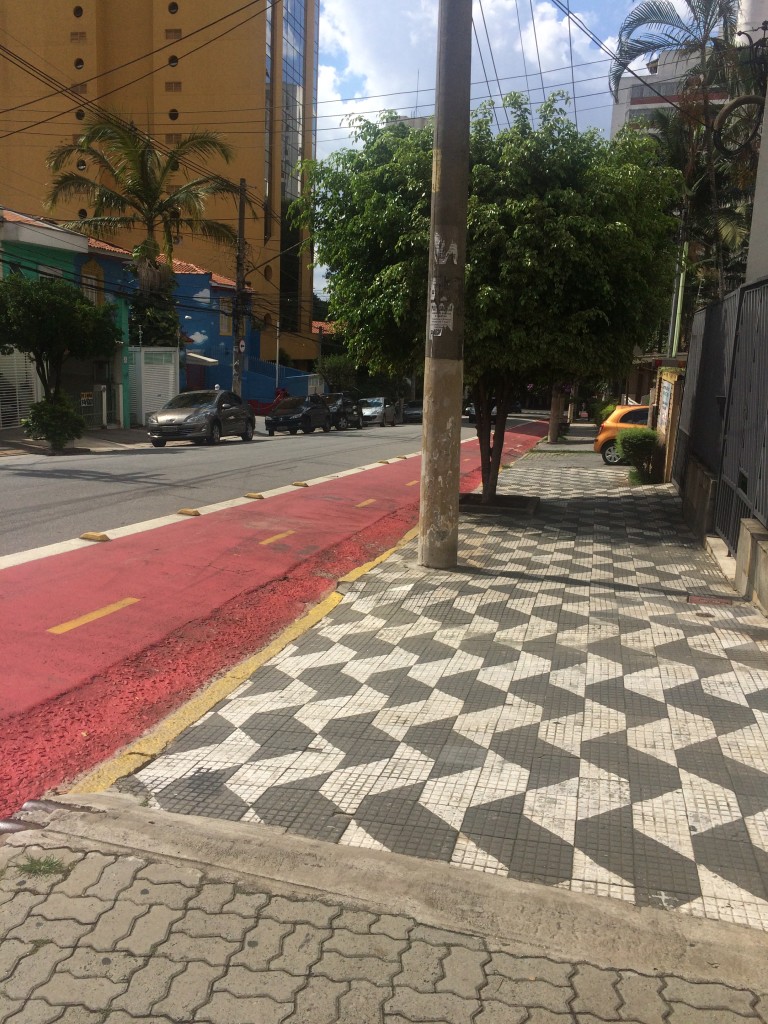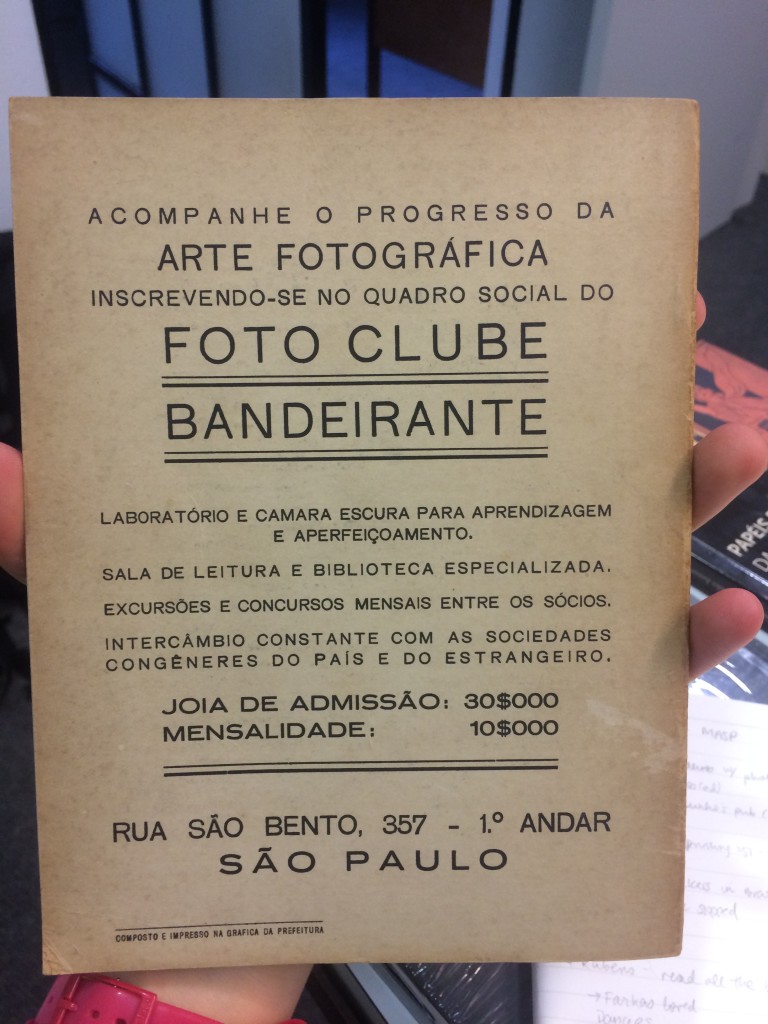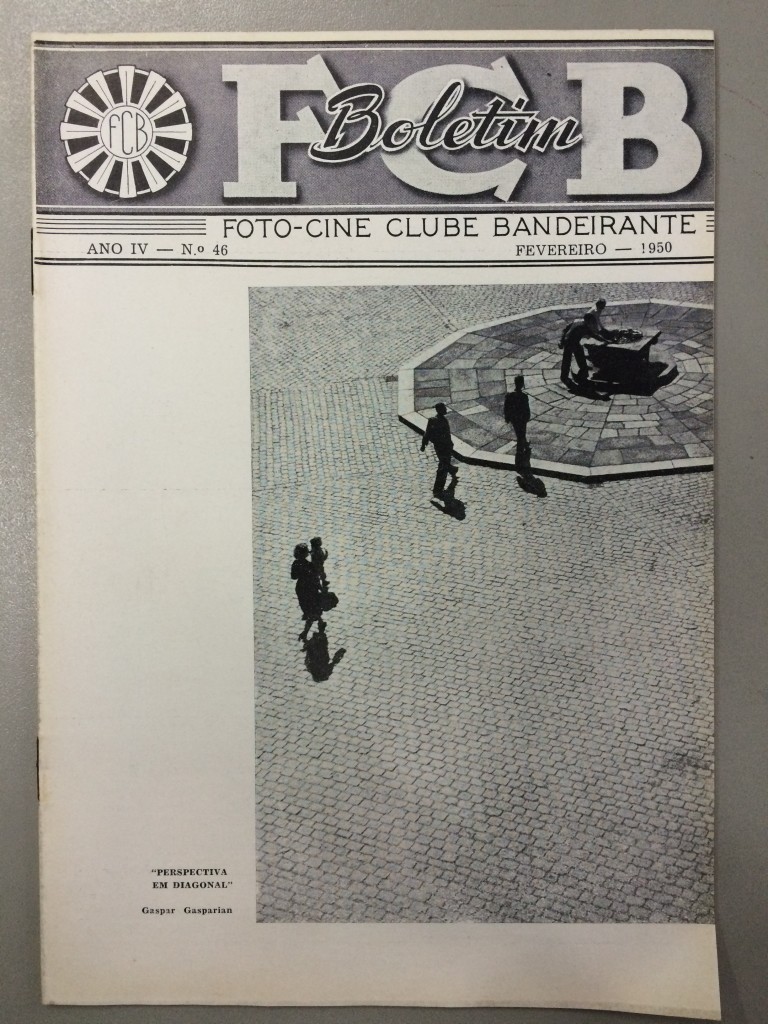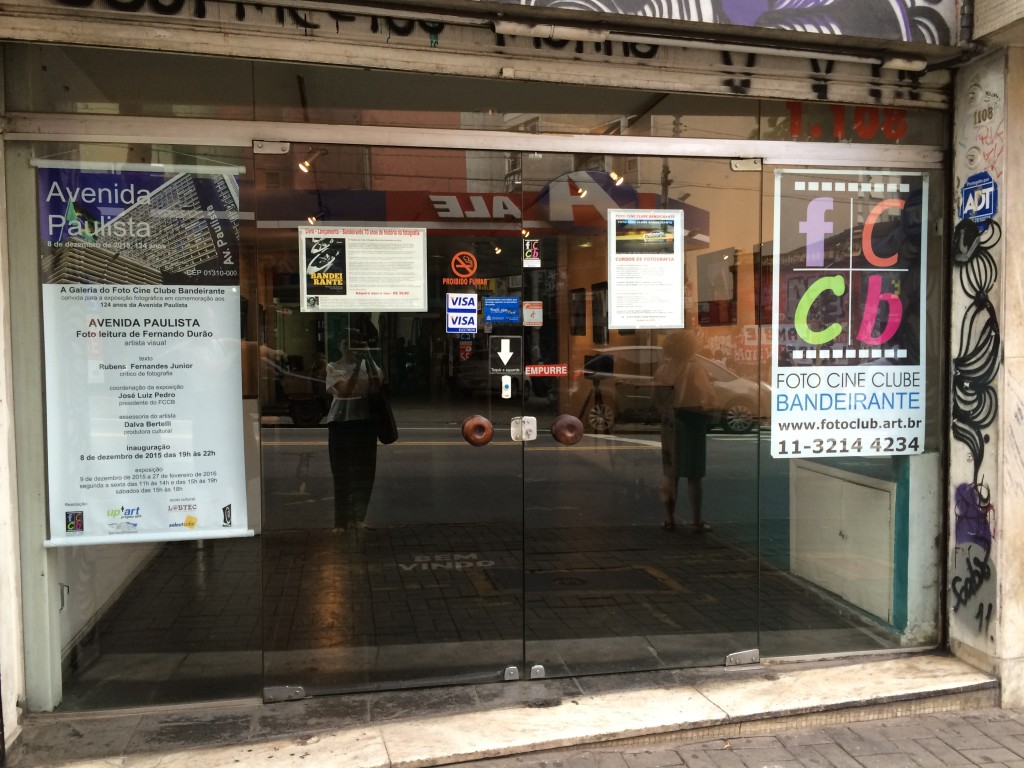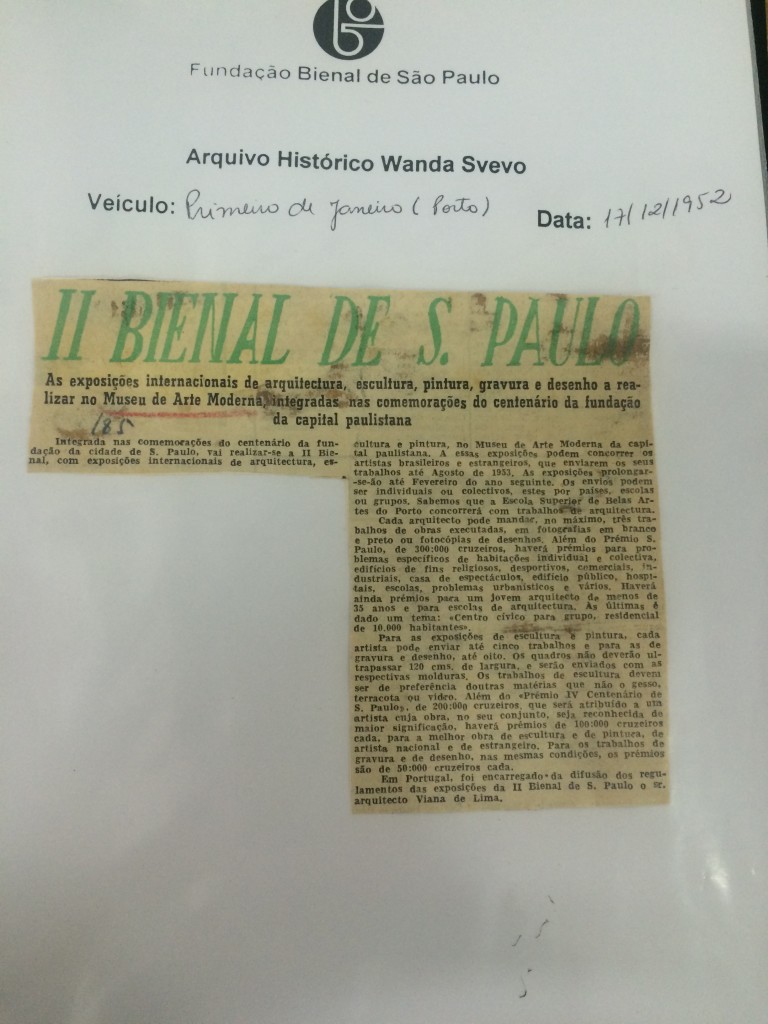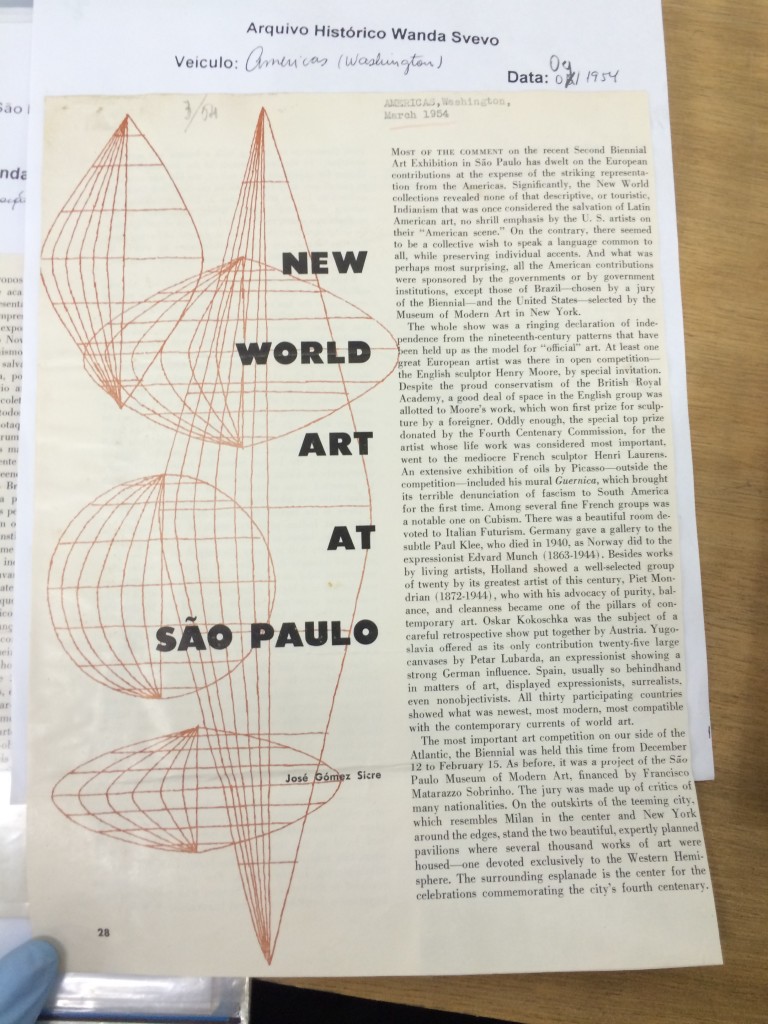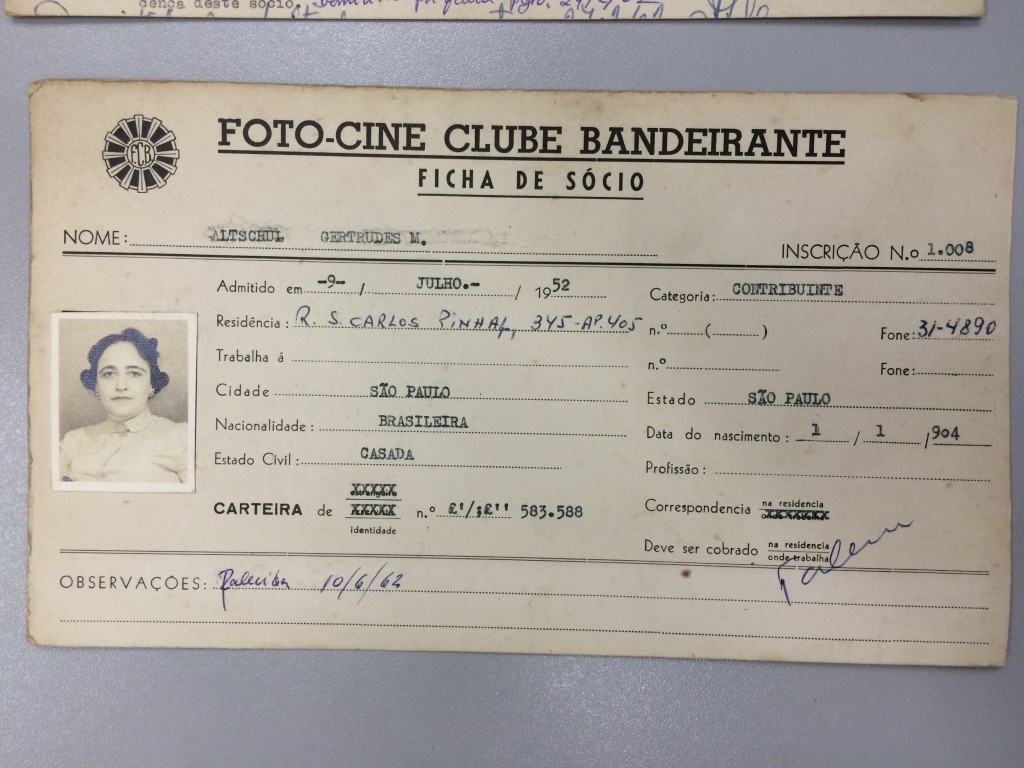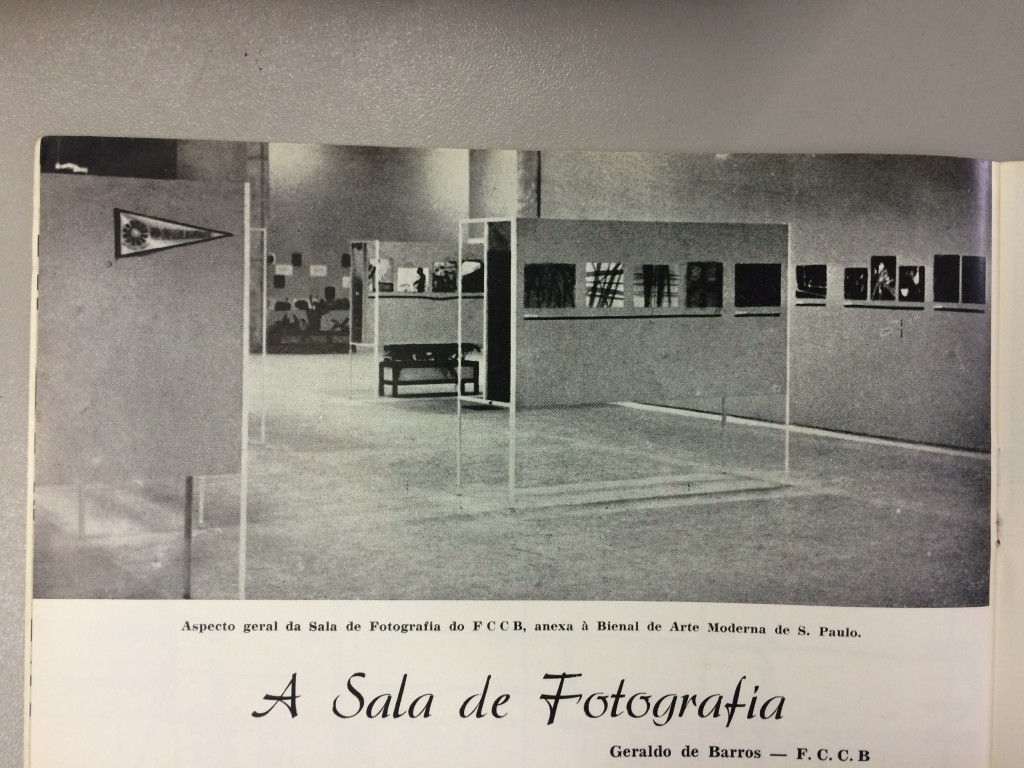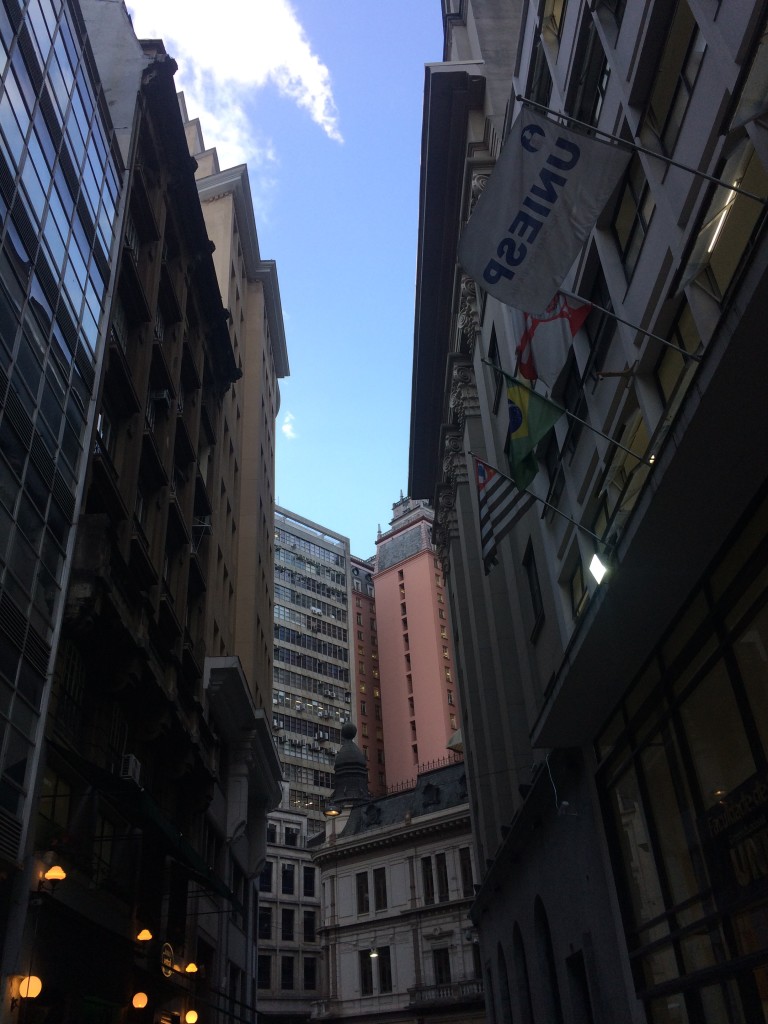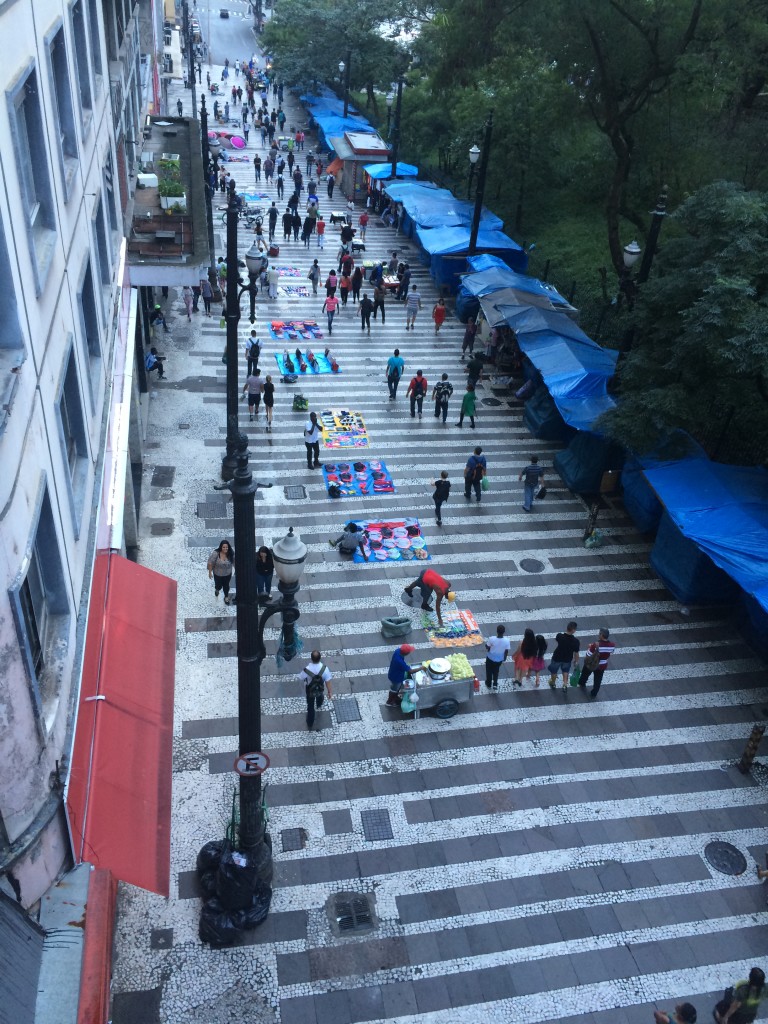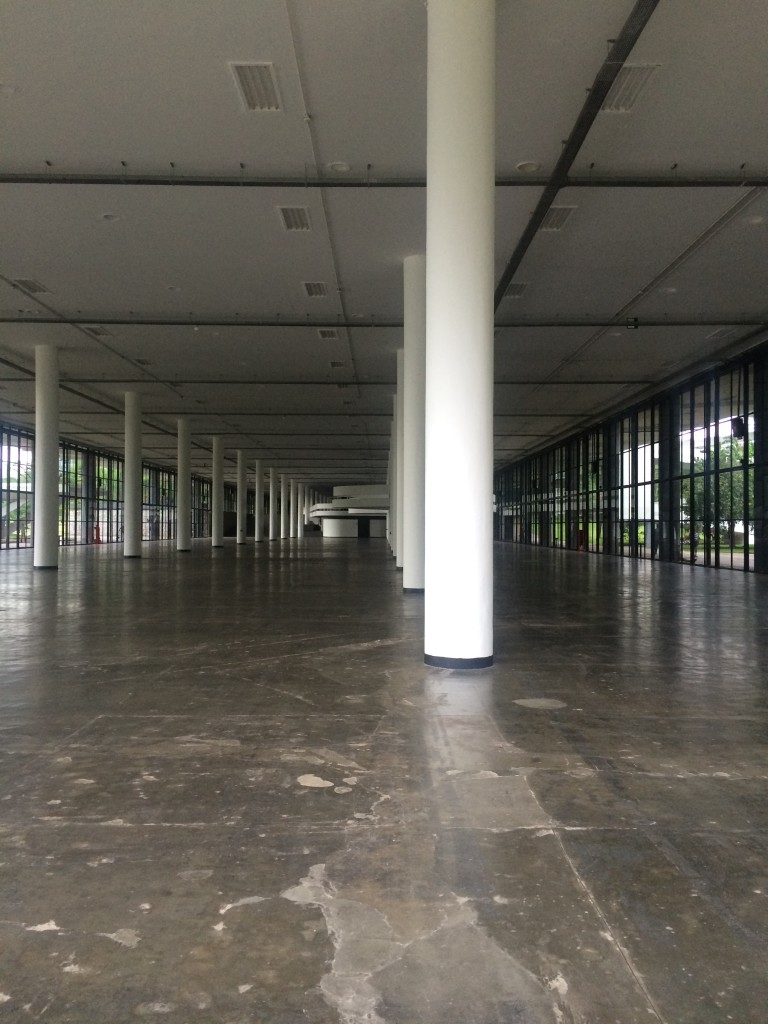Paula Kupfer
Grant awarded Fall 2015
I traveled to São Paulo in February 2016 to research connections between painting and photography at midcentury. Specifically, I was interested in discovering links between the shift from figurative to abstract painting that occurred in the framework of the first and second São Paulo Biennials, in 1951 and 1953, and the emergence of modernist photography within the ranks of the Foto Cine Clube Bandeirantes photography club (FCCB).
It was a critical time for change in São Paulo: in the early 1950s, the city was booming economically, developing new industries, and expanding architecturally. The period corresponded with the rise of modernist architecture and the construction of Brasilia, the pinnacle of nationalist and utopian ideas embodied in modernist architecture. A steady flow of immigrants, including many artists, contributed to São Paulo’s cosmopolitanism and diversity. Suggesting some overlap between the disciplines of painting and photography, figures like Geraldo de Barros and José Oiticica Filho participated in the photo-club networks but also developed an abstract painting practice.
During my visit I was able to make repeated visits to the exhibition Foto Cine Clube Bandeirante: Do arquivo à rede at the Museum of Art of São Paulo (MASP), research in the Wanda Svevo Historical Archive of the São Paulo biennial as well as the FCCB archive, and interview surviving family members of FCCB photographers. I learned about the FCCB photography exhibition that was part of the second São Paulo biennial in 1953. It included prints by the most important photographers at the time and placed photography and painting into direct dialogue.
My visit also made possible a deeper familiarization with the work of Gertrudes Altschul, the only female FCCB photographer to make a substantive body of work in the critical decade of the 1950s. Altschul’s work was part of the biennial photography exhibition and circulated to salon exhibitions in other Brazilian cities as well as abroad. Following my fruitful visit to São Paulo, I went on to study Gertrudes Altschul’s work in depth. None of this would have been possible without the archival research and in-person interviews in Brazil that the generous Kossak grant made possible.
